Fully vaccinated Quebec residents who received the AstraZeneca COVID-19 vaccine or mix-and-match doses will have the option to get a third shot of either Pfizer or Moderna.
The Quebec government is offering an extra dose of an mRNA vaccine to people who need to travel internationally and face being barred from entering countries where their vaccination status is not recognized.
“The administration of an additional dose of vaccine remains an exceptional measure for people who have an essential trip planned outside the country, in the short term and that must meet vaccination requirements,” the health department said in a statement.
Toronto-based pharmacologist and founder of Unambiguous Science, Sabina Vohra-Miller, who specializes in science outreach, told 680 NEWS it’s just a matter of time before travel policies are ironed out.
“I think that we just are in a phase where we’re trying to understand what the policies are going to look like, but I don’t foresee any reason why AstraZeneca plus one dose of mRNA would not be considered adequate for travel,” said Vohra-Miller, adding Quebec’s decision is not data-driven.
“In terms of protection, one dose of AstraZeneca followed by one dose of mRNA is extremely efficacious. In fact, there’s data showing that it’s just as efficacious as two doses of mRNA.”
Quebec officials said residents should seek out their own advice, cautioning there is currently no evidence to back up the need for booster shots or assessments of the impact of receiving three doses of two separate vaccines.
Vohra-Miller said some parts of the world won’t be vaccinated until at least 2023 and vaccines should not be given out needlessly.
“What we should be doing with excess doses, if we have any, is distributing it for more vaccine equity,” she said, “so that we can make sure that we’re not in the situation where new variants are created and these vaccines will not work as effectively.”
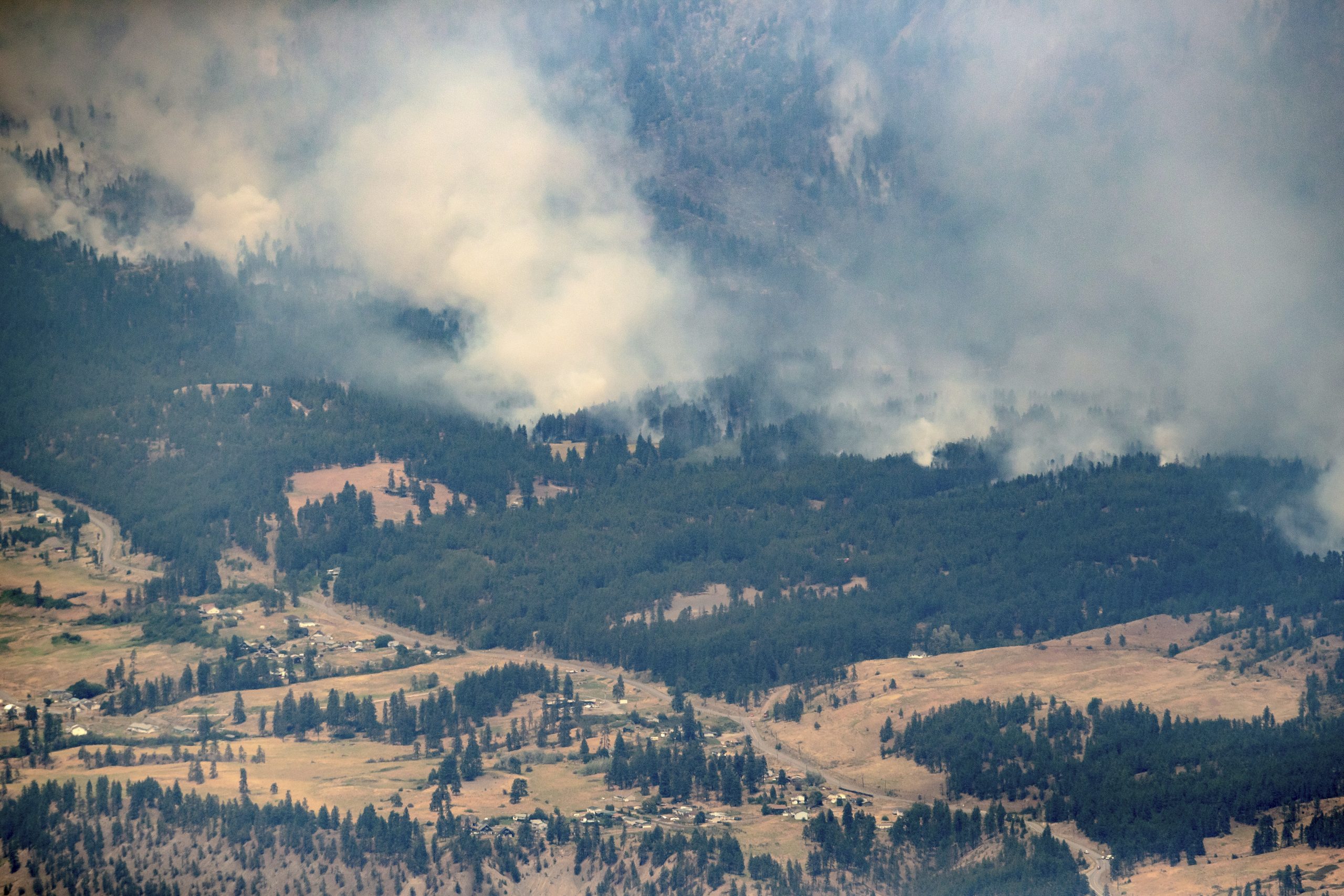
A combination of intense heat and drought conditions is causing wildfires in Western Canada to generate their own weather systems, experts say.
Michael Fromm, a meteorologist with the United States Naval Research Laboratory, said the phenomenon is known as a pyrocumulonimbus firestorm and has been tracked this year in British Columbia, Saskatchewan Alberta, Manitoba and Ontario.
Scientists have been tracking the storms since May. The first one was seen this season in Manitoba, Fromm said in an interview Monday.
The Village of Lytton in B.C. saw firestorms on two successive days in late June, he said.
“It was probably the single largest pyrocumulonimbus storm of the year so far,” he added.
“In fact, we’re still tracking the smoke plume from that storm as it’s travelling around the world and it’s about to kind of come full circle back over USA and Canada.”
An abundance of fuel, heat and wind create perfect conditions for the firestorms.
Lytton hit a Canadian temperature record of 49.6 C the day before a wildfire erupted there, destroying much of the community.
“When you get all those three things together, you get the perfect triple that we call fire weather,” Fromm said. “So, hot, dry and windy.”
Simon Donner, a climate scientist from the University of British Columbia’s geography department, said the storms also generate lightning that cause more fires.
“The fire creates the storm, and then the storm creates lightning, which can cause more fires,” he said.
“That runaway feedback is the dangerous part.”
Above average temperatures for many parts of B.C. aren’t expected to ease soon. Environment Canada said there is no hint of showers until at least the weekend for some southern regions that have been hit hard by wildfires.
Emergency Management BC said more than 250 active wildfires were burning in B.C. on Monday afternoon. Since the fire season began April 1, 4,142 square kilometres of land has been charred from the 1,216 wildfires that had started as of Sunday night.
At that time, there were 58 evacuation orders in effect, which affected 4,260 properties. Another 83 evacuation alerts were in place, meaning people living at more than 17,500 properties had been told they should be ready to leave their homes on short notice.
The risk remained high to extreme over most of southern B.C. on Monday. The B.C. Wildfire Service said 40 blazes were ranked as fires of note, meaning the flames were either highly visible or posed an immediate safety risk.
B.C. is to get more help Tuesday in battling the fires, with 34 Australian firefighting personnel joining 113 from Quebec and 101 from Mexico.
The Australian contingent includes a nine-person incident management team and technical specialists.
The weather office is predicting lighter winds over several of the most challenging fires, including the 68-square kilometre Nk’Mip Creek blaze in the south Okanagan between Oliver and Osoyoos. But forecasters said temperatures there won’t budge from the mid- to high-30s all week, and there’s no sign of rain.
Showers could dampen parts of southeast B.C., where fires on both sides of Upper Arrow Lake have forced evacuation orders or alerts for hundreds of properties.
However, Environment Canada said the chance of rain is just 30 per cent and it won’t come until Saturday at the earliest.
Fromm said a pyrocumulonimbus storm usually begins with a smouldering fire, which feeds on the surrounding air turning active and creating a thermal bubble. That creates a convection column that generates more energy and turns the fire hotter and larger, he said.
“It’s just like if you have a stove and you have a small burner — you’re not going to get as much of a fast boil in your pot as if you had a really hot, intense burner,” Fromm said.
“So, the big, large fire just makes it that much easier for the air to be completely upset. And then if you do form a cloud, then that generates even more buoyancy and that feeds back down to the fire.”
As the cloud goes “bubbling” into the air, it can create lightning, Fromm said.
The storms last anywhere between two and five hours, occur in the late afternoon, and end when the air turns cooler or it runs into a fire break, he said.
“When you look at it, you know, say from space as we do, you can actually see several bubbles of cloud form and flatten out up in the upper atmosphere,” he said.
“Then they blow off and then you see another bubble coming up, like several chimney bursts in the life of that individual pyrocumulonimbus. So, on the ground, what that means is that fire is pulsating in a way that during those two to five hours is a very dramatic and dangerous event.”
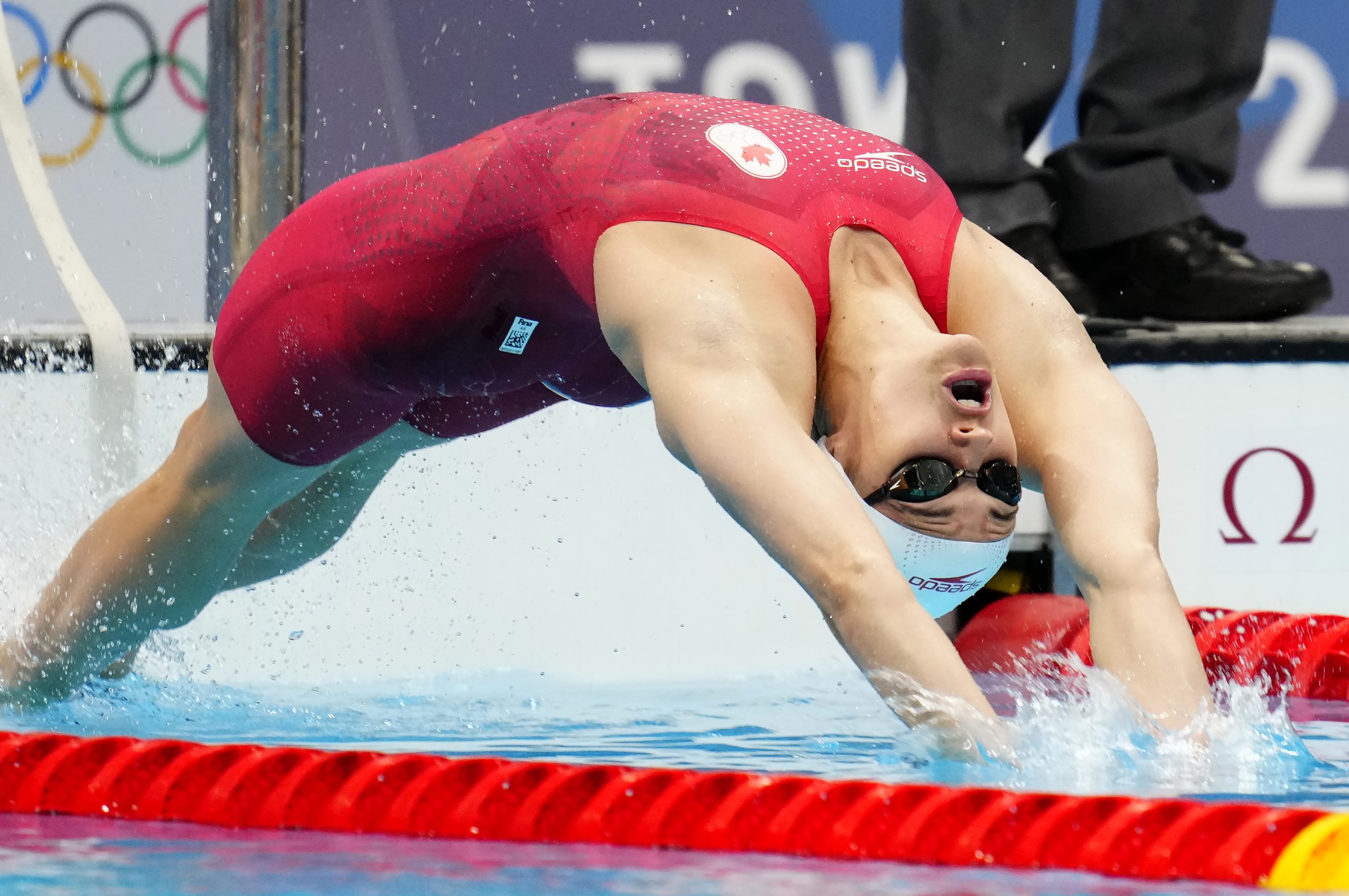
Canadian Kylie Masse has captured silver in the women’s 100-metre backstroke at the Tokyo Olympics.
The two-time world champion in the event finished in 57.72 seconds, behind Australia’s Kaylee McKeown (57.47), who set a new Olympic record. American Regan Smith (58.05) took bronze.
Masse, a 25-year-old from LaSalle, Ont., was in the lead at the 50-metre turn before McKeown came on strong in the end.
The women’s swim team has generated three medals in the first three days of racing, starting with a silver in the freestyle relay and followed by Maggie Mac Neil’s victory in 100-metre butterfly.
Masse tied for Olympic bronze with China’s Fu Yuanhui in Rio in 2016.
The only other women in the world to win multiple career medals in 100-metre backstroke are American Natalie Coughlin, Krisztina Egerszegi of Hungary and Kirsty Coventry of Zimbabwe.
Canada’s Mark Tewksbury won men’s 100-metre backstroke gold in 1992.
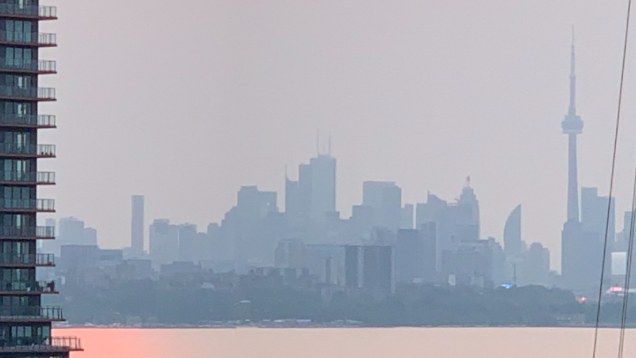
Environment Canada has issued a special air quality statement for southern Ontario including the City of Toronto and the Greater Toronto Area.
The agency says smoke from active forest fires in northwestern Ontario may affect areas in the south of the province, leading to poor air quality and reduced visibility.
Air pollutions levels could be higher due to a combination of smoke and ground-level ozone and these conditions will likely extend into Monday.
“If you or those in your care are exposed to wildfire smoke, consider taking extra precautions to reduce your exposure,” the agency warned. “Wildfire smoke is a constantly-changing mixture of particles and gases which includes many chemicals that can be harmful to your health.”
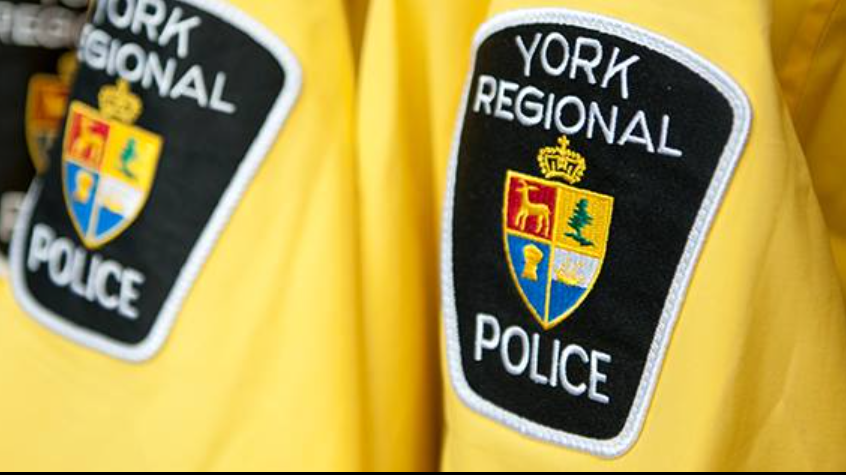
An off-duty York Regional Police officer has been killed in a motorcycle collision, Chief Jim MacSween said Sunday.
“It is with great sadness that we share the off-duty passing of @YRP Staff Sergeant Craig Heatley,” MacSween said in a tweet.
MacSween said the collision occurred in Meaford, Ont., which is about 88 kilometres northwest of Barrie.
Heatley died of his injuries, but his wife survived the collision and is in serious, but stable condition, he added.
The officer was a 31-year veteran of the police service.
“Craig was both a valued @YRP member and dear friend with whom I’ve worked & played hockey,” MacSween said. “He will be remembered for his jovial personality, sense of humour & passion for policing.”
The cause of the crash is under investigation.
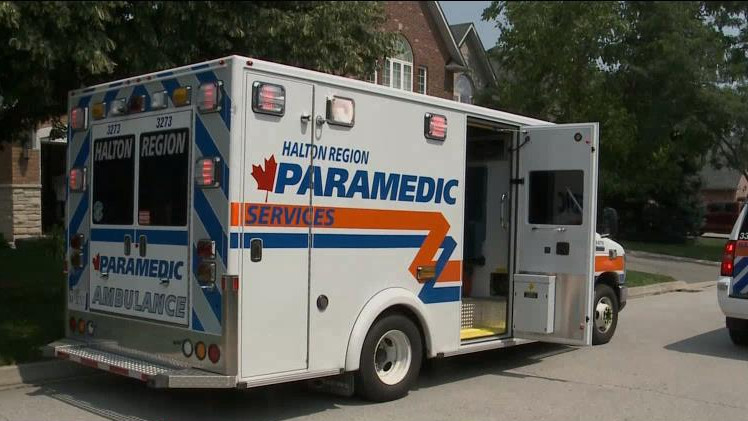
A child is in critical condition following a drowning incident at a home in Burlington.
Halton police say they were called to a home in the area of Headon Road and Upper Middle Road just before 2 p.m. following reports a child had drowning in a swimming pool.
“Police and Paramedics were quickly on scene. Lifesaving measures were performed. The child was transported to hospital where they remain in a critical condition,” read a brief statement from police, which did not specify the age or gender of the child.
Police add they are still trying to determine the circumstances surrounding the drowning.

Margaret Mac Neil won the women’s 100 metre butterfly event to capture Canada’s first gold medal of the Tokyo Olympics.
Mac Neil, who was part of the silver medal winning women’s 4 x 100-metre freestyle relay team, was seventh at the halfway point but swam a strong second length to finish first in a Canadian record time of 55.59 seconds.
“It was more than I was hoping for at this point,” Mac Neil said. “I was really just trying to enjoy the experience and just have fun, which I think I did today.
“So I’m really proud of that and just trying to not be so nervous and just try to loosen up, which is when I really swim at my best.”
Zhang Yufei of China took silver and Emma McKeon of Australia won the bronze.
American Torri Huske finished fourth by one-hundredth of a second, denying the U.S. team a medal in the pool for the first time in the swimming competition.
Defending champion and world-record holder Sarah Sjöström of Sweden was seventh.
Mac Neil became Canada’s first multi-medallist in Tokyo following a silver medal in the women’s 4×100 freestyle relay in the first day of finals.
The 21-year-old from London, Ont., was a surprise winner of the 100-metre butterfly at the 2019 world championship in Gwangju, South Korea, where she bested Sjoestroem.
“Coming in with a target on your back is hard in so many ways,” Mac Neil said. “Going into worlds, I was relatively unknown, so I had that to my advantage.
“Going in with an expectation that I wanted to do well for myself and my family and friends and teammates that are home, I think that added pressure just makes it a little bit more challenging.”
Moment’s after Mac Neil’s win, the youngest member of Canada’s delegation at the Olympics just missed climbing the medal podium. Fourteen-year-old Summer McIntosh of Toronto finished fourth in the women’s 400-metre freestyle, setting a Canadian record with a time of 4:02.42.
McIntosh is the daughter of Jill Horstead, who swam for Canada in the 1984 Olympic Games. She edged Penny Oleksiak in the 200-metre freestyle final of the Olympic qualifier to earn a spot on the team.
Australia’s Ariarne Titmus defeated American Katie Ledecky for the gold medal in one of the most anticipated races of the games. The bronze went to China’s Li Bingjie.
The Canadian men’s team of Breny Hayden, Joshua Liendo Edwards, Yuri Kisil and Markus Thormeyer finished fourth in the 4×100 metre freestyle relay, missing a medal by just 6-10ths of a second.

Check out these three retro-inspired recipes that you can make at home this summer!
Chocolate Shell

Ingredients:
1 cup semi-sweet chocolate
2 tbsp coconut oil
Directions:
- Melt the chocolate and coconut oil together over a bain-marie. Stirring occasionally.
- Keep the liquid tepid until ready to pour over ice cream. The chocolate shell will harden about one minute after coming in contact with the cold ice cream.

Strawberry Milk

Serves 1
Ingredients:
8 ripe strawberries
1 tbsp sugar
300ml cold 2% milk
Directions:
- Add the hulled strawberries to a tall glass along with the sugar. Use the bottom of a wooden spoon to muddle (smash the strawberries with the sugar) the strawberries until they are crushed and the sugar is dissolved.
- Stir in the milk and top with ice.
- Serve
Optional: Garnish the rim of the glass with sprinkles and sugar.
Toasted Marshmallow Freezer Cake
Ingredients:
1 ½ cups heavy cream
300ml condensed milk
2 ½ cups mini marshmallow
24 square graham crackers
Optional: Chocolate sauce for garnish
Directions:
- Add the heavy cream to a chilled stainless steel bowl and beat on medium speed until soft peaks form. Pour in the condensed milk and beat on low until combined.
- Add the mini marshmallows to a parchment lined baking sheet and broil on low until the marshmallows are golden brown. Cool.
- Transfer two-thirds of the marshmallows into the cream mixture and beat on low until they are slightly broken up and mixed in.
- Line a 9 x 5 loaf pan with plastic wrap so it hangs over all sides.
- Add the remaining toasted marshmallow, brown side down, into the loaf pan. Pour ⅓ of the cream mixture in and top with 8 graham crackers. Add another ⅓ of the cream mixture followed by another 8 graham crackers and repeat, ending with graham crackers on top. Fold the plastic over and freeze for 12-24hrs.
- Remove the pan from the freezer and uncover. Use a knife to loosen around the perimetre. Pull up on the plastic wrap to loosen. Turn the loaf pan over onto a serving tray (so the graham crackers are now on the serving tray) and shake the cake loose from the pan.
- Slice and serve garnished with chocolate sauce.
Tip: Any leftovers can be returned to the freezer and stored for up to 2 weeks.
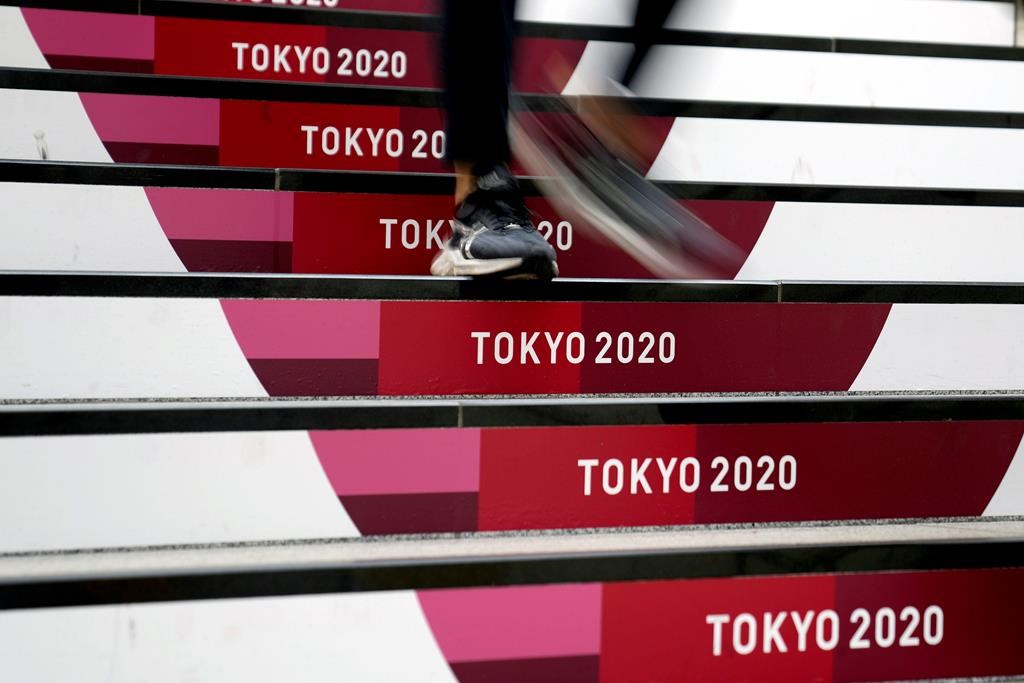
The pandemic-delayed Olympic Games Tokyo 2020 officially get underway Friday with a largely spectator-free opening ceremony.
The stands at Tokyo’s Olympic Stadium will be empty save for a handful of officials, guests and members of the media as the festivities begin at 8 p.m. local time (7 a.m. ET).
Even the number of athletes participating is likely to be smaller than most years, due to strict COVID-19 protocols at the Olympic Village.
The Canadian Olympic Committee said Thursday that only a small contingent of 30 to 40 athletes — roughly a tenth of the total delegation — will take part.
The opening ceremony was rocked by an 11th-hour scandal on Thursday, when the director was fired over a Holocaust joke he made during a comedy show in 1998.
Earlier this week, a composer whose music is expected to be used at the ceremony was forced to resign because of past bullying of his classmates.

A new vision could soon be realized at Ontario Place, as reports swirl that the Ontario government has chosen three companies to helm redevelopment of the historic site.
According to The Globe and Mail, three companies – including a Quebec outdoor recreation firm and a European spa and water park provider, have been chosen to revitalize Ontario Place after a closed-door bid process that has dragged on for years.
The newspaper is citing sources it says have direct knowledge of the bidding process but are not authorized to speak publicly.
The province has been tight-lipped on the future of Ontario Place.
Tourism minister Lisa MacLeod has previously confirmed that the “vision for Ontario Place” will not include casinos or condos, and the land will not be sold. Minister MacLeod has also committed to maintaining key heritage and recreational features, such as Trillium Park and others.
The 155-acre site opened in May of 1971. The province closed Ontario Place to the public in 2012 due to falling revenues at the government-owned theme park and tight provincial finances.
At that time, the government said attendance had fallen from 2.5 million when it opened in 1971 to about 300,000.
In 2019. the provincial government officially opened the search for partners to redevelop Ontario Place. Back then, government officials said they had received hundreds of ideas from the public for its future use.
In a statement to CityNews, Toronto Mayor John Tory confirms discussions are underway about the future of Ontario Place.
“We have agreed with the province on a way we can work together with a focus on co-operative planning and public consultation,” said Tory.
“I understand the province is eager to announce further details as soon as possible and then we can undertake that consultation with the public.”
According to the Globe and Mail, the government plans to bring on Live Nation, which currently runs the on-site music venue, Quebec outdoor recreation firm Écorécréo, and an Austrian well-being resort firm Therme Group to redevelop Ontario Place.
Suzanne Kavanaugh is the founder of a group Ontario Place for all. She fears that the province is making decisions before consulting the public.
“We’ve been asking for public consultation from the very beginning,” Kavanaugh continues. “At first glance, we’re looking at three for profit organizations. It doesn’t look very good as far as keeping this public space public.”
With more private organizations being involved in the redevelopment of Ontario Place, Kavanaugh says people could now be priced out of enjoying the space. “To bring in three commercial properties, right off the bat you’re eliminating families who may not have the disposable income to visit these sites.”
The report speculates a formal announcement on the future of Ontario Place could come by the end of July.
CityNews reached out to Tourism Minister Lisa MacLeod about the reported plans but did not receive a comment.
With files from The Canadian Press









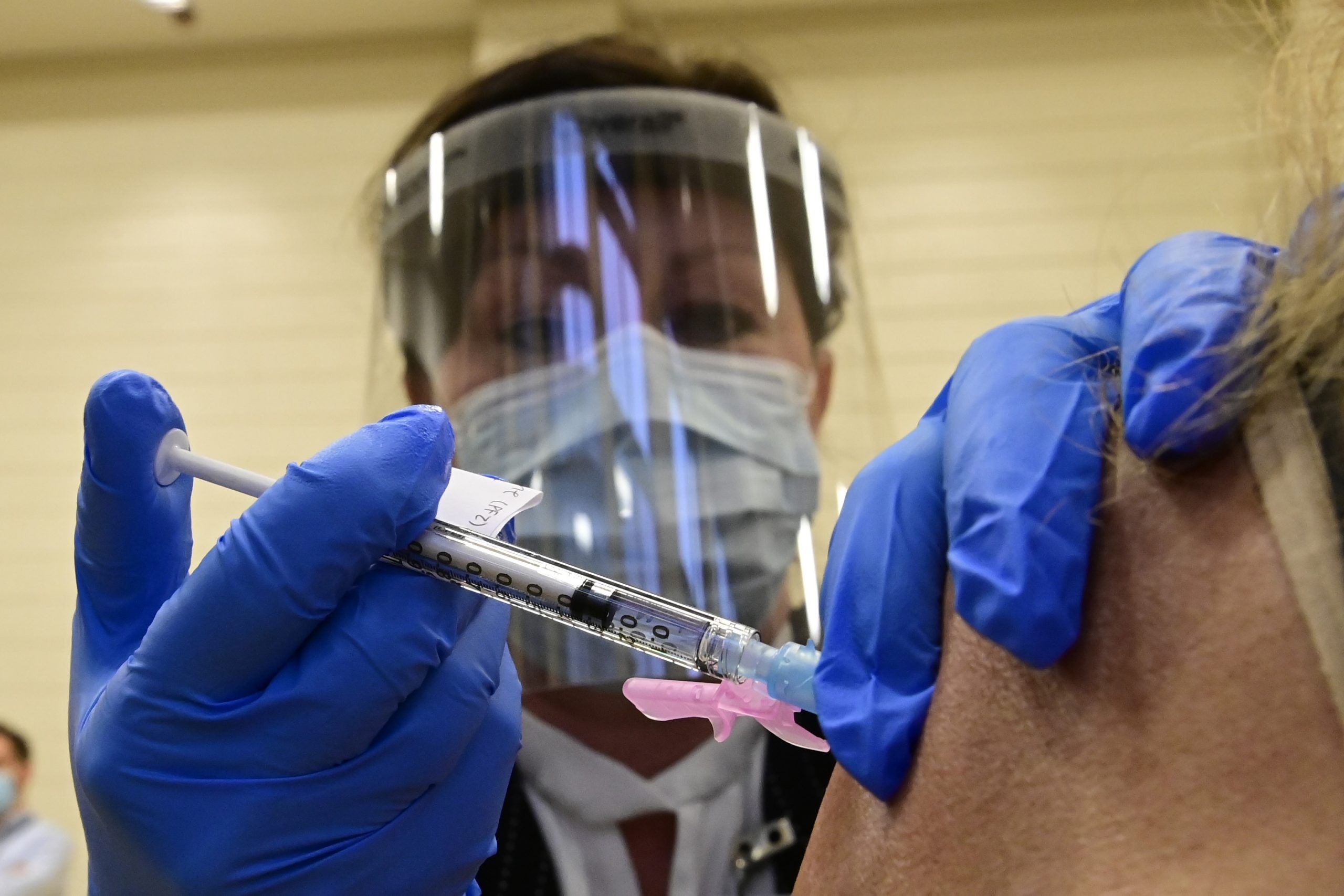


 into the details of how
into the details of how 









